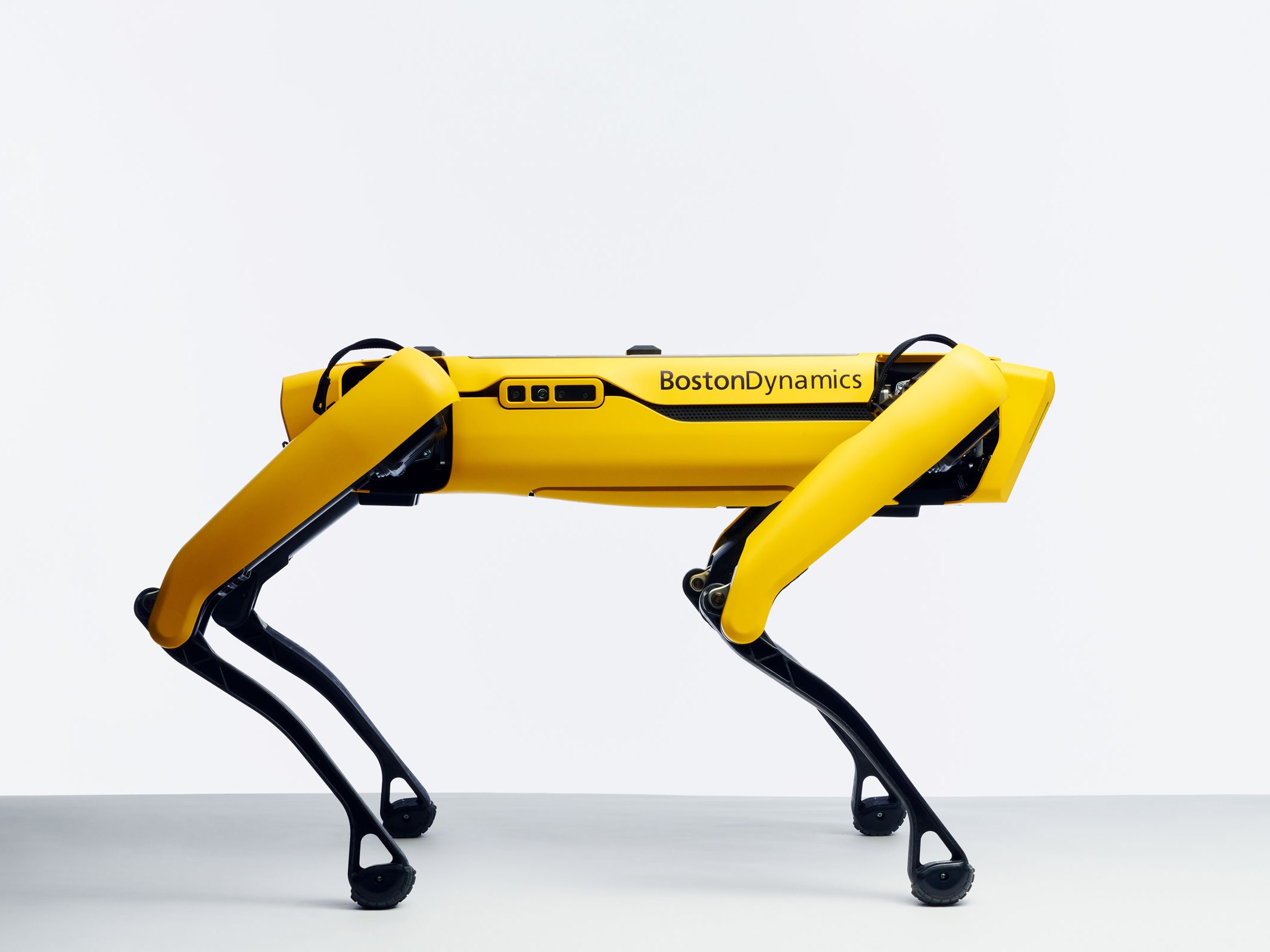Virtual reality
From surveys and designs, to imagining how the finished article will look, virtual reality technology and augmented reality are in the process of making a huge difference to the construction industry. The immersive experience of these technologies will allow designers and clients to stand in a space and experience how it will be as a development. In terms of surveying, digital mapping can already plot and create a replica of a site, to an exact facsimile of the location, for reference. Utilities, underground services, dimensions and other site features can be visualised within the graphics, to create a completely interactive site map.
Digital learning
One of the biggest innovations in construction that continues to evolve on an almost weekly basis is the use of artificial intelligence and machine learning. Both are ways of collecting and processing data that creates a bigger picture from the information. The technology ‘learns’ how to use the data and this ability to learn is key to the automation and efficiencies it brings to many different sectors. Both are being utilised in the construction industry, in an array of different ways.
The sky’s the limit
Technology such as aerial drones are being used more and more in the construction industry, to explore and film the extremities of the building. These areas, such as roofs or high-rise, multistorey structures, were previously too inaccessible to examine in detail, or would require complicated and costly equipment to reach. Remote-controlled drones can glide easily up to a great height, or over waterways and other inaccessible areas, to collect data that can then be perused at leisure in an office.
Modular design
The concept of modular design is nothing new, but it is becoming more sophisticated. It can be used to create a large-scale, multistorey structure such as a hotel, using individual rooms that are assembled off-site and then lowered into place. Not only does it allow materials to be stored off-site, freeing up areas for other work and storage, it also contributes to on-site health and safety. Modular design is something that can be further honed to be even more flexible, to incorporate changes that can be made to the individual components, without making wholesale changes to the overall design.
Smart technology
The digital technology available to businesses and consumers can be used in so many different applications. Smart technology, using joined-up devices such as sensors and phones, can easily be adapted for use in construction. For example, operatives can be checked on and off-site, to keep track of staff presence without ‘clocking-in’. It can also be used in smart machinery that carry out repetitive processes, such as an on-site cement mixer. When the machine begins to run low on cement, it can order more. Robotics will become more involved in the construction sector too, with robots programmed to carry out actual building tasks – perhaps using already-assembled modular components, in the manner of a car assembly-line. The architect would input the ‘design programme’ and the robot would built it. Robotic dogs are being introduced to enable automation of repetitive tasks such as site scans, surveying and progress monitoring. For example, Trimble has developed a solution with Boston Dynamics that utilises the mobility of the autonomous Spot robot with Trimble’s data collection sensors and field control software.
Changing times
In just the last few months, the global pandemic has changed many peoples’ perceptions of how they live their lives and their day-to-day expectations. The design and demand for office spaces might be different in say five years’ time, with more floorspace required for distancing between desks, or more people working from home, so a lesser need for offices. This could result in larger offices being incorporated into homes, as part of the initial design. In this way, we can see that all aspects of our lives impact innovation and design.








